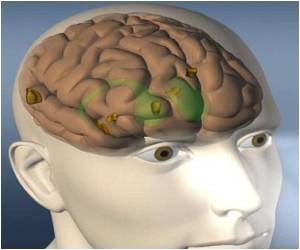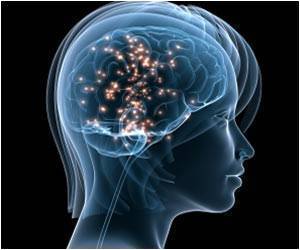At the Scripps Research Institute (TSRI), scientists have identified a new pathway that seems to play a major role in information processing in the brain.

The study focuses on the actions of a protein called HDAC4. The researchers found that HDAC4 is critically involved in regulating genes essential for communication between neurons.
"We found that HDAC4 represses these genes, and its function in a given neuron is controlled by activity of other neurons forming a circuit," said TSRI Assistant Professor Anton Maximov, senior investigator for the study.
Richard Sando III, a graduate student at the TSRI Kellogg School of Science and Technology, a member of the Maximov lab and the first author of this study, noted the team become interested in class IIa histone deacetylases (HDACs), which include HDAC4, in part because they have been implicated in regulation of transcription of non-neuronal tissues.
"Class IIa HDACs are also known to change their cellular localization in response to various signals," he said.
"There were hints that, in neurons, the translocation of HDAC4 from the nucleus to cytoplasm may be triggered by synaptic activity. We found that mutant mice lacking excitatory transmitter release in the brain accumulate HDAC4 in neuronal nuclei. But what was really exciting was our discovery that nuclear HDAC4 represses a pool of genes involved in synaptic communication and memory formation," he stated.
Advertisement
"It was truly astonishing when their names came up in our in vitro genome-wide mRNA profiling screens for neuronal HDAC4 targets," Maximov said.
Advertisement
Another surprise came after the team had already initiated their experiments. Underscoring the team's findings, a human genetic study was published linking mutations in the human HDAC4 locus with a rare form of mental retardation.
"One of these human mutations produces a protein similar to a mutant that we introduced into the mouse brain. Furthermore, our studies revealed that these mice do not learn and remember as well as normal mice, and their memory loss is associated with deficits in synaptic transmission. The pieces came together," said Maximov.
The findings have been published in the latest issue of the journal Cell.
Source-ANI













